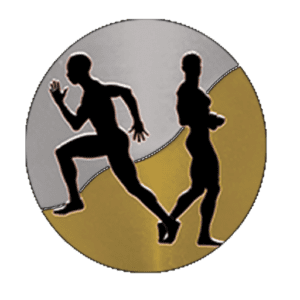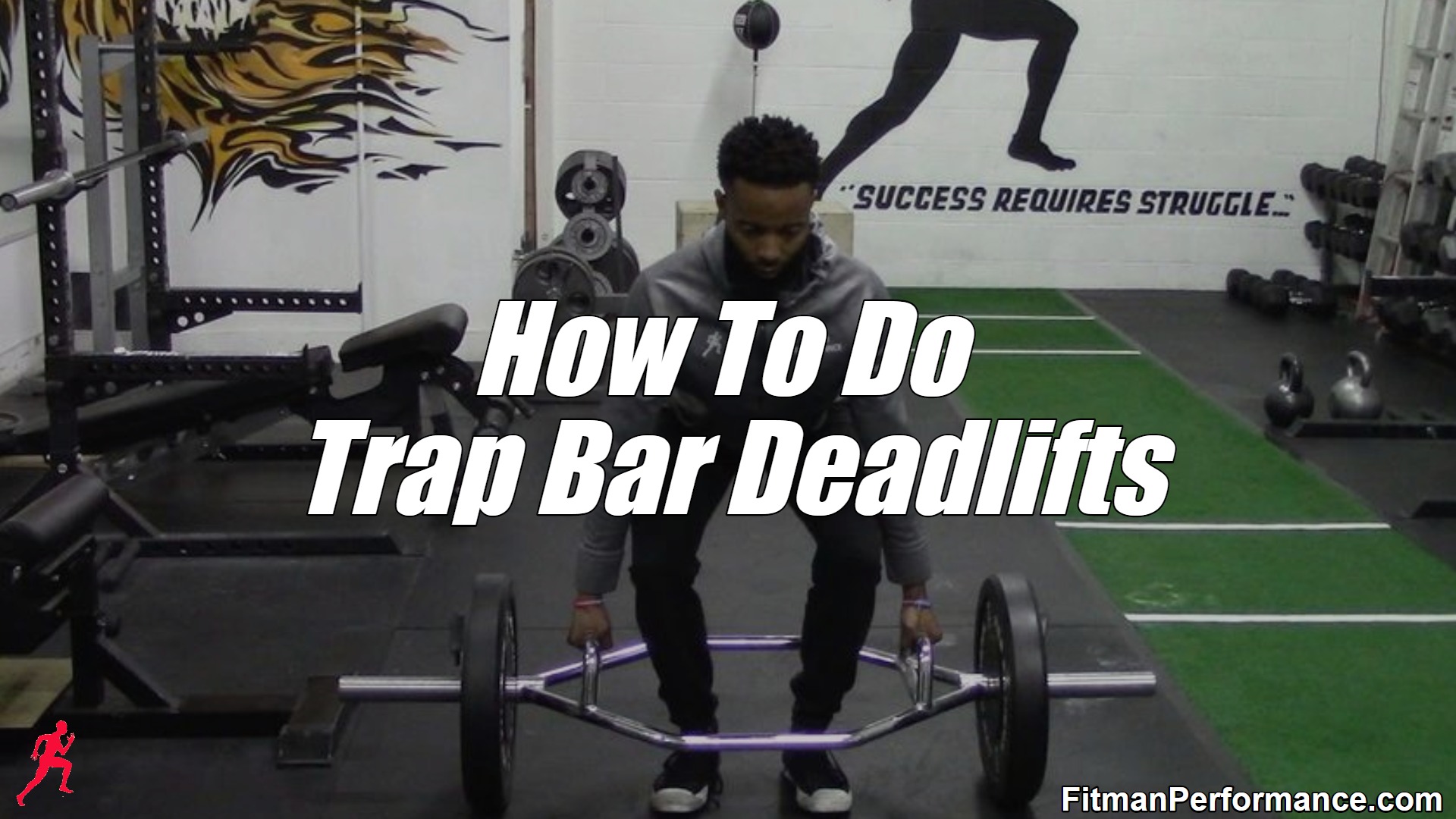When it comes to deadlifts most lifters and trainees are familiar with the conventional deadlift, the sumo deadlift, and the Romanian deadlift.
All 3 deadlifts, provided they are done with sublime form, are supremely effective for building muscle and strength especially in your back, hamstrings, and glutes.
Another variation of the deadlift, that is not as common in the fitness game is the trap bar deadlift.
One of the benefits of doing trap bar deadlifts is that you get to use a hex bar. The hex bar (trap bar) gives you more leverage when you perform the movement.
Another one of the benefits of trap bar deadlifts is that the trap bar makes it easier to deadlift.
This is because you do not need the same mobility that you do in the conventional deadlift to do trap bar deadlifts.
This automatically makes the trap bar deadlift an easier lift to perform for a lifter who is tighter than skinny jeans.
That stiff lifter also needs to focus on mobility work to improve their conventional deadlift, but that topic is for another article.
Positioning Matters
Another great aspect about the trap bar deadlift is that because you will be lifting from the middle of the hex bar.
This allows you to have a more upright starting position and your legs will be much more involved in the lift.
Your quads are not involved to a large degree in the conventional deadlift due to the nature and the positioning of the movement.
In the conventional deadlift the bar is in front of you and your knees are not in a deep bend.
I’ve seen people with strong quads struggle mightily in the conventional deadlift because they severely lacked back, hamstring, and glute strength.
Because you have more legs, specifically your quads involved in the trap bar deadlift you will be able to lift more weight than you could in a conventional deadlift.
This does not mean it’s time to load up all the plates in the gym like meatheads do to impress their Johnny Bravo built buddies.
You still need to build strength with the proper form and progression. The fact that you lift the weight from the middle of the trap bar just means you have a mechanical advantage in the lift.
With your legs doing more of the work the trap bar deadlift becomes significantly safer for lifters with back issues in comparison to the other deadlifts.
Can Athletes Use The Trap Bar Deadlift?
Trap bar deadlifts are also great for building strength in athletes because the lift does not tax your CNS (central nervous system) in the same way that the conventional deadlift does.
Conventional deadlifts are great but they can take more from you than they give in terms of recovery vs. results.
How can an athlete, who has to prioritize sprinting, jumping, and other CNS draining activity get the spectacular results conventional deadlifts give you without spending all the money in their CNS account?
[bctt tweet=”No athlete will last long performing max effort conventional deadlifts in conjunction with a ton of sprinting and jumping. A training program designed like that is doomed from the inception.” username=”fitman83″]They would rotate or replace them in their training program with trap bar deadlifts.
The fact that you can recover faster from trap bar deadlifts in comparison to conventional deadlifts makes them ideal for athletes.
Athletes only have so much available energy to use during the season. Heavy lifting is important, but not at the expense of sport performance.
Using the trap deadlifts allows them to not blow their central nervous system. Trap bar deadlifts just do not tax an athlete like conventional deadlifts will.
No athlete will last long performing max effort conventional deadlifts in conjunction with a ton of sprinting and jumping. A training program designed like that is doomed from the inception.
The conventional deadlifts are just too taxing and this illustrates the value of the trap bar for athletes.
How To Do Trap Bar Deadlifts
There are 3 important cues you need to know to receive all of the benefits of trap bar deadlifts. They are:
1) Center Yourself In The Middle Of The Trap Bar
Many lifters like to hop right into the trap bar and just start lifting with no set-up.
This is pure fake hustle and those lifters are on their way to suffering a major injury very soon.
You have to center yourself in the middle of the trap bar before you begin to lift.
Centering yourself creates the ultimate leverage needed to lift more weight and perform proper reps. More weight + more reps with great from = more muscle.
Many lifters ignore this and they typically end up in one of two places. If you try to do the lift and you are too close to the front of the trap bar you will lose your balance and fall back.
If you try to do the lift and you are closer to the back of the trap bar, you will put a terrific strain on your lower back. That pain will have you on a one way trip to the ER.
By positioning yourself in the middle of the trap bar you will create great leverage and positioning. You will be protecting your lower back from a total and avoidable disaster.
2) Remain More Upright To Minimize The Stress On Your Lower Back
In my career in the iron game I’ve seen lifters in many gyms jack up their backs while doing deadlifts.
I would say with 100 percent confidence that deadlifts performed with atrocious form are the number 1 cause of lower back injuries in the commercial gym world.
Many people who have come to train at The Center struggle in the deadlift during their initial assessment.
Many of them have been doing some type of dead/frankenlift for years, and their execution of the move is flawed.
Once we clean it up they never talk about back problems ever again.
With the trap bar deadlift you have advantageous positioning that maximizes your leg involvement and minimizes your lower back involvement.
After you grab the bar begin to lower your hips. You will notice that you can get them lower in the trap bar deadlift vs. the conventional deadlift.
Being in this hybrid squat/deadlift position is a game changer. It is the sole reason why you will feel your legs working more than your back.
3) What Constitutes Proper Form?
To properly execute a trap bar deadlift you will:
• Center yourself in the middle of the trap bar
• Bend over and grab the bar pulling the slack out of it
• Drop your hips below your shoulders
• Keep your chest up
• Press your feet into the floor and explode to the top
• Lower the weight by performing the eccentric phase of an RDL
If you consistently do these steps when you are doing trap bar deadlifts you will reap the benefits.
You will reward your body with bigger and stronger legs. The most valuable benefit will be a healthier and pain-free lower back.
Don’t jack up your back or prematurely ruin your lifting career with horrendous form while doing deadlifts.
I’ve seen that movie and it has a bad ending every single time.
Trap Bar Deadlift Workout
Use this RP-21 Training System workout to build bigger and badder legs and glutes:
• Trap Bar Deadlift SS GHR 7×3
• Barbell Hip Thrust SS Barbell Reverse Lunges 6×5 (10 total lunges)
• Seated Calf Raises 5×10
I’ll holla at you next time.
The People’s Trainer,
Fitman



